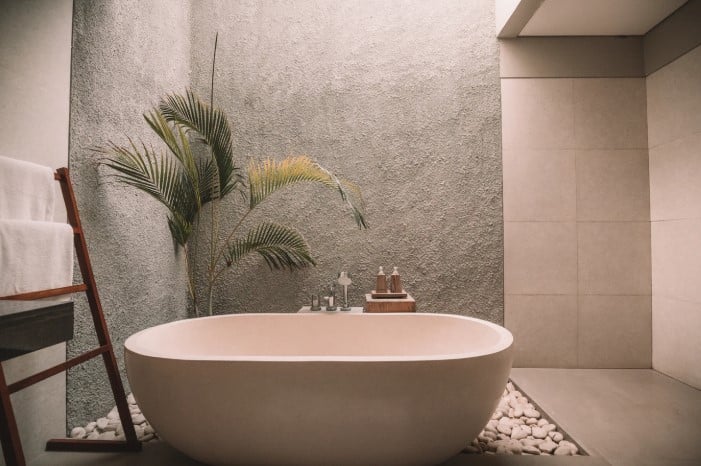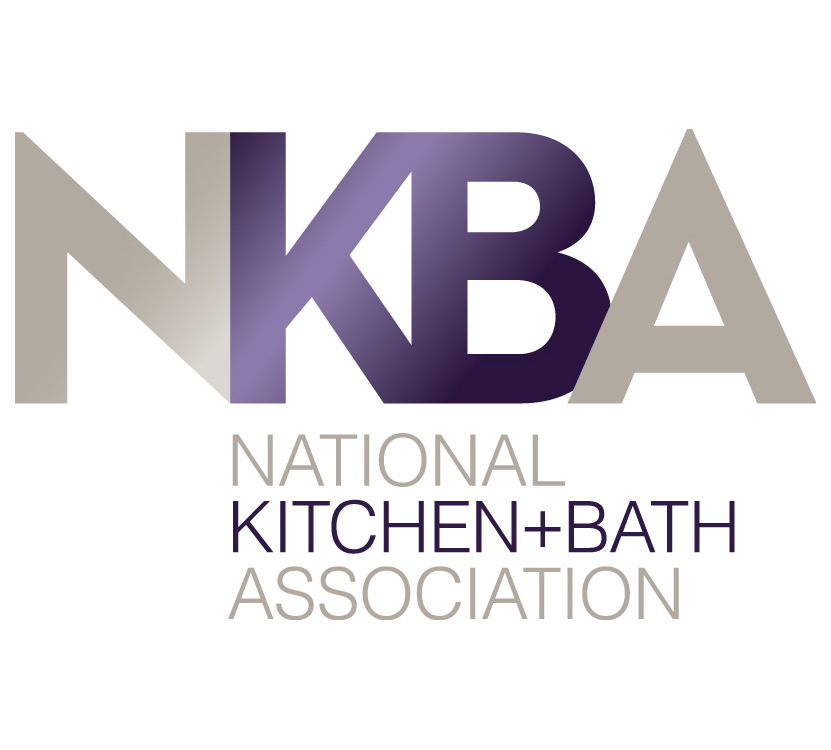
Sealing your floors, countertops, and other surfaces is the best way to future-proof your investment in natural stone. However, there are a number of things to know before you go ahead and start sealing! In this post, Cosmos SurfacesTM will tell you all the ins and outs of sealing natural stone.
Factors to Consider Before Sealing Natural Stone
Some natural stone surfaces don’t need to be sealed. Here are some factors that can help determine whether a stone needs to be sealed at all:
- The porosity of the stone and how fast it will absorb liquids
- The durability, density and hardness of the stone
- Type of finish applied to the surface – a polished surface, for example, is more resistant to staining than a honed or leathered surface and might provide adequate protection
- How frequently the stone will be exposed to staining agents
- Whether resin has been applied to the surface (some sealers can react negatively with resin)
- The location of the stone – interior vs. exterior, countertop, wall, floor, etc.
In the next section, we’ll break down the types of stone surfaces and whether or not they generally need to be sealed. Best practices can still differ even between different styles of the same type of stone, so it’s always best to check with your supplier for specific instructions.
Sealing by Type of Natural Stone
- Granite: Granite is durable and naturally resists water, but it is also porous. Sealing granite makes it easier to clean and protects against stains and spills. Impregnating sealers work best on granite.
- Marble: Due to porosity and susceptibility to staining and etching, marble requires more attention than some other stones when it comes to maintenance. Like with granite, an impregnating sealer works best to protect many types of marble and will need to be reapplied as directed by the brand of sealer or your installer.
- Quartzite: The hardness of quartzite helps it resist scratching and etching, but it is still susceptible to staining. Impregnating sealers can last longer than topical sealers, which can wear away quickly.
- Schist: Schist has a lower abrasion rating than some of its harder counterparts, like granite. This makes it more susceptible to scratching, while certain substances can also stain schist. Schist countertops should be well sealed for protection.
- Onyx: Onyx requires special care to protect and maintain, and sealing is paramount. Onyx surfaces are typically sealed upon installation and re-sealed at regular intervals. Consult a professional about sealing onyx and setting up a proper maintenance plan.
- Soap Stone: Soap stone is non-porous and doesn’t require a sealer. Applying a thin layer of mineral oil regularly will help retain its shine and cover any scratches.
Types of Sealers
Now that you know which surfaces need to be sealed, it’s time to learn about different types of sealers. Sealers come in two varieties: topical/coatings, and impregnators.
Topical Sealers/Coatings
Topical sealers/coatings are designed to form a film on the surface of the stone. These sealers can be classified into two types: strippable and permanent. Strippable sealers can be stripped or removed from the stone, while permanent sealers are very difficult to remove and are typically not recommended for natural stone. Since topical sealers form a film on the surface that is less durable than the stone underneath, your maintenance approach might need to shift to caring for the sealant. As an example, you might have a stone surface which is resistant to scratching, but once a topical sealer is applied, you will need to be mindful of scratching the sealer itself. In this instance, applying a topical sealer can negate some of the benefits of your chosen stone surface – this all depends on your needs, of course.
The advantages of topical sealers/coatings:
-
- The initial cost is relatively low
- They are fairly easy to apply
- It provides a protective layer to take on wear and tear
- Topical sealers can add luster to your stone
- Certain products provide slip resistance
The disadvantages of topical sealers/coatings:
-
- They can alter the texture and finish of the stone
- It creates a layer less durable than stone, which can scratch, scuff and show signs of wear and tear – frequent buffing, burnishing or reapplication can help with this issue
- Some coatings need frequent stripping and reapplication. It’s important to note that some of the chemicals and abrasives used during this process can damage the stone underneath, or react with the polyester resin binders that agglomerate stones often contain
- Coatings can build up over time, creating a wavy, plastic-like appearance
- Lower quality coatings can turn yellow, especially if the surface is exposed to UV light
- Some coatings can restrict the “breathing” capability of a stone, trapping moisture below the surface and causing spalling (flaking)
- Some sealers can react with cleaning chemicals or components within the stone
- You will need to ensure a topical sealer applied to a countertop is safe for food use
- Topical sealers are generally not recommended for use on exterior stone, as they can trap moisture, which can be detrimental for the stone during freeze/thaw cycles
Impregnating Sealers
This type of sealant penetrates below the surface of the stone and acts as a repellent. Some impregnating sealers are hydrophobic, which means they repel water, water-based chemicals and water-based liquids like fruit juices, soda, coffee and so forth. Oleophobic impregnators repel BOTH water and oil-based liquids like grease, cooking oil and body oils. It’s important to note that some products are labeled “oil-resistant” rather than “oil-repellent” – there is a difference, as “oil-resistant” impregnators only slow the absorption of oil into the stone, while “oil-repellent” products prevent oils from entering the stone at all.
The advantages of impregnating sealers:
-
- “Breathable,” which means they keep contaminants out while allowing for vapor transmission and for interior moisture to escape
- Typically don’t change the appearance of the stone
- Don’t usually require frequent reapplications
- Typically hydrophobic, while some are oleophobic as well
- Usually unaffected by UV light
The disadvantages of impregnating sealers:
-
- Solvent-based impregnators produce potentially noxious and flammable vapors during application, and some varieties are harmful to the environment (for this reason, the use of these varieties is restricted in certain states). Some water-based impregnators can also contain harmful/toxic chemicals – it’s always important to research a product or contact the manufacturer before deciding to use it
- Application is more difficult and often warrants professional consultation
- The initial cost is higher than for topical sealers
- Impregnators typically cannot be used below grade (below ground level), since pressure in these spaces can force water through the stone
- In some cases, applying an impregnating sealer to a resined stone can lead to clouding, fading and discoloration
Consult a Professional
As you can see, sealing natural stone can be a complex topic. You’ll want to do thorough research or consult a professional before applying a sealer to your natural stone. Factors like chemical composition and brand can lead to unexpected reactions with your surface, so it’s always wise to read product labels and instructions carefully and consult manufacturers whenever possible. Your fabricator will make it easy to understand how to care for your specific surfaces.
Cosmos SurfacesTM offers a wide selection of natural stone surfaces, and our team is dedicated to serving your needs with knowledge, passion and respect. Contact us today to get started!
Color of the Month: Ultramarine Green
This month’s featured trending color is Pantone 18-5338, Ultramarine Green! The Pantone Color Trend Report says, “Ultramarine Green, a deep cooling blue-green, exudes self-assurance and poise.”

Amazonite brings to mind splotches of sunlight filtering through thick leaves of a rainforest or the turquoise blue of the Atlantic Ocean. This Brazilian granite is great for bathrooms and sunrooms. It matches perfectly with both aquatic and botanic environments, and looks beautiful as a vanity, counter, top, or wall.












